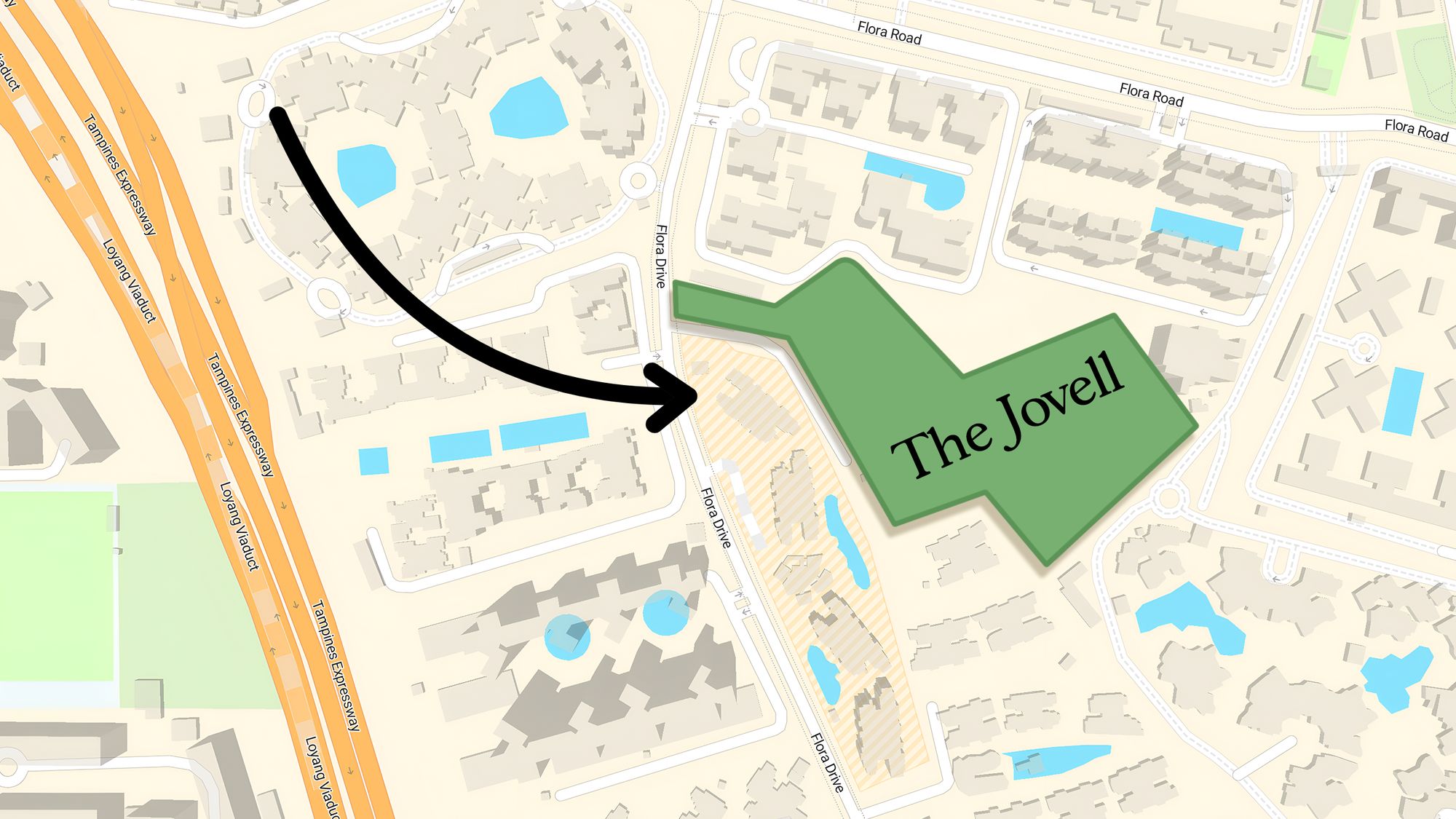5 Ways To Get A Better Price For Your Property When The Market Is Changing
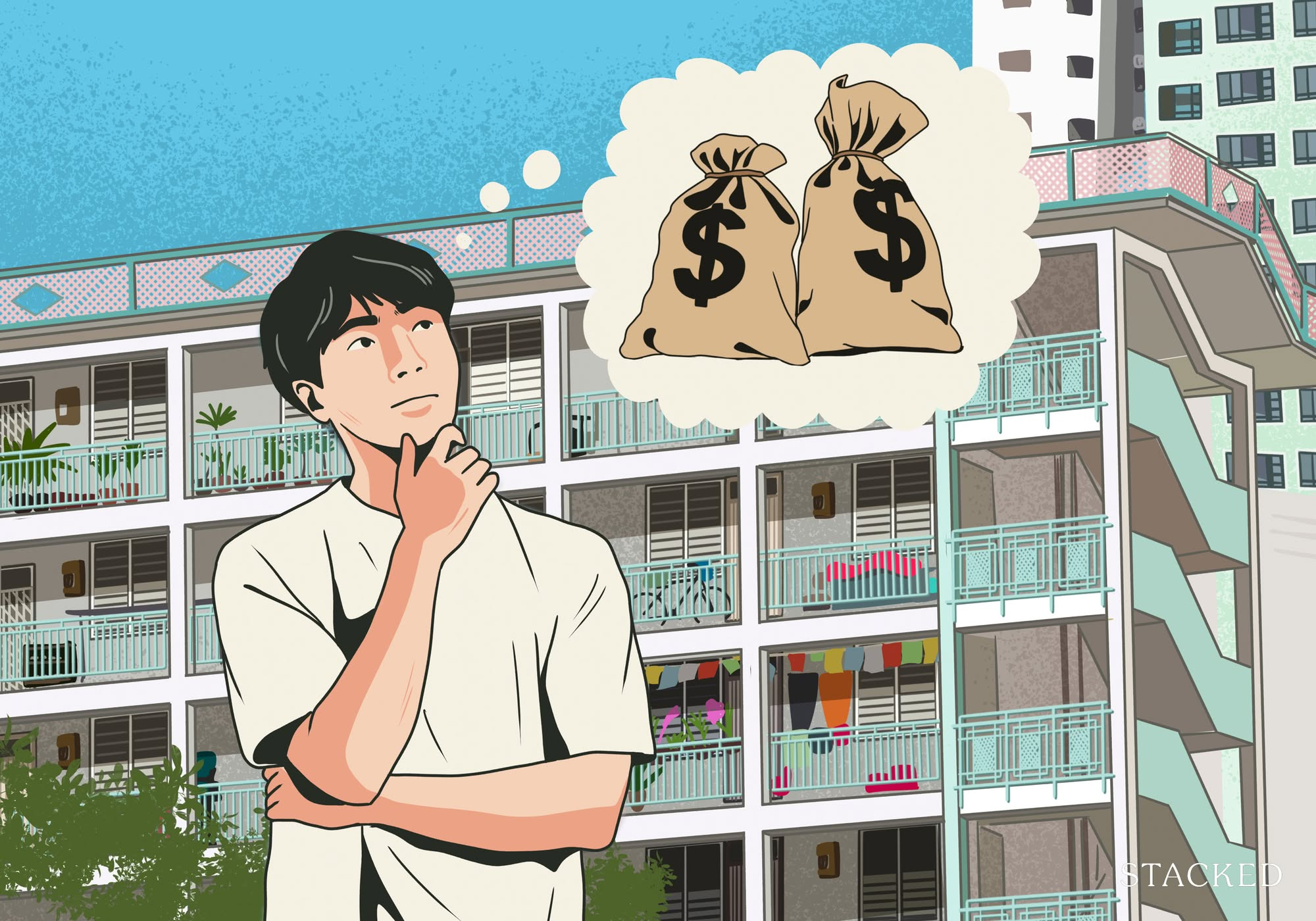
Get The Property Insights Serious Buyers Read First: Join 50,000+ readers who rely on our weekly breakdowns of Singapore’s property market.
A seasoned content strategist with over 17 years in the real estate and financial journalism sectors, Ryan has built a reputation for transforming complex industry jargon into accessible knowledge. With a track record of writing and editing for leading financial platforms and publications, Ryan's expertise has been recognised across various media outlets. His role as a former content editor for 99.co and a co-host for CNA 938's Open House programme underscores his commitment to providing valuable insights into the property market.
Last week, we looked at how to spot some signs that the market is changing for your property. But a common follow-up question to that is, “What can I do about it?” And true enough, a potential uptick in property values doesn’t always come with automatic benefits. If you’re not prepared to take full advantage of it, you might still miss the wave (or, on the flip side, sell too late to avert a downturn you can see coming.) So here are some steps to consider, along with a consultation from your realtor:
1. Keep track of nearby residential plots
When nearby residential plots get bought up via Government Land Sales (GLS), this alerts you to an upcoming new launch. You can check out how to read the URA Master Plan here.
Once the site has been bought, the main detail to look for is the land price. As a loose rule of thumb, the base land price +70 per cent (development costs) and +20 per cent after (marketing and margins) will clue you in to the likely new launch price. For example:
The Ang Mo Kio Avenue 1 GLS site (AMO Residence) was awarded at about $1,118 psf ppr. Using the +70/+20 framework, analysts pegged launch prices in the $1,900 to $2,100 psf range. True enough, when AMO launched in July 2022, units opened around $1,890 psf, with average sales hovering close to $2,100 psf in the first phase; almost exactly what the formula predicted.
This simple formula helps you to make plans long before the show flat opens, and impacts surrounding condos like yours. For sellers, it matters in two main ways:
- Positioning your own price: Once you know the likely launch price, you can peg your own unit just below that level (new launches are always priced higher than the surrounding resale options, on a $PSF basis). For specifics on the likely price gap, you can check out our studies on new launch versus resale price gaps, shown by region and unit type.
Buyers who baulk at paying, say, $2,100 psf for a fresh launch may see your $1,7xx–$1,8xx psf resale unit as an alternative: same location, lower quantum, no waiting.
- Budgeting if you’re upgrading: If you’re selling to buy again, land bids give you a preview of tomorrow’s prices. You can calculate how much of your sale proceeds might realistically stretch if you want to upgrade to this nearby project.
It also works as a sanity check against realtor opinions. If an agent gives you numbers on the “nearby new launch,” compare it to the land-bid framework. If it’s way off, you’ll at least know to ask why.
Finally, you can use this as a timing tool. When you see a plot nearby that has just been acquired, you know a launch is coming anywhere within the next year or two. That window is often when resale demand builds, as buyers compare the fresh launch prices against existing stock. If you’re prepared, you can list just before the launch – when curiosity about the neighbourhood is high, but the supply shock hasn’t yet landed.
2. If a nearby new launch is already underway, and it’s the main competition, take note of how long its sales have been going for

Assuming the new launch wasn’t an instant sell-out, developers tend to raise prices after the first 12 months of a launch. Even if they don’t raise the prices, it’s common for the largest, high quantum (read: least affordable) units to be left, toward the tail end of the launch. Developer sales close to the project’s Temporary Occupancy Permit (TOP) tend to be their highest, unless they are looking to clear units.
At this point, buyers who are dead set on living in the area may be priced out; and often they’ll look deeper into resale alternatives. Given that the competing new launch will now be at a peak price, you may be able to raise your own asking price by a bit as well.
This isn’t a guarantee you’ll get more, but it is a good sign that you can try – at least for a while.
3. Don’t overreact to nearby ECs in your asking price
The most common worry is an Executive Condominium (EC) reaching its five-year Minimum Occupancy Period (MOP) nearby. This is always a concern for nearby private properties, as the EC may offer the same facilities and quality at a lower price tag.
Incidentally, you may also be on the flip side of the situation: you may be the one selling your EC, when there are private competitors nearby.
Now for newer ECs – those reaching MOP around now – you should know that it’s not necessary to try and undercut private neighbours. We have some details on that here. In that article, we pointed out how Prive (a resale EC in Punggol) averaged about $1,455 psf, while nearby River Isles (a private condo) was at roughly $1,444 psf. One 1,087 sq. ft. unit at Prive even sold for $1.72 million, beating out a larger 1,173 sq. ft. River Isles unit that went for $1.7 million.
Flo Residence, another private condo in Punggol, averages $1,356 psf – now below two ECs in the same neighbourhood: The Terrace ($1,409 psf) and Twin Waterfalls ($1,489 psf).
Our point here is, don’t assume a nearby EC must compete on price. Sometimes, ECs hitting MOP can even command similar or higher psf than older condos – but that doesn’t mean you need to slash your asking price as a private seller.
Freehold status, a stronger location, or the prestige of a fully private address can help you hold your ground. Likewise, if you’re selling the EC, you don’t have to undercut your private neighbours; buyers may still value your unit for its freshness and modern features.
4. The first 14 days can see the most, and sometimes the best, offers
We’ve said this before in other articles, but it’s even more relevant when prices seem to be rising across the board. In a hot market, you’ll be even more tempted to “just wait a bit longer for a better offer.” Flyers and claims by various agents may also add to this – realtors have stronger examples of record-breaking prices to cite when times are good.
But don’t forget: the first 14 days are, loosely speaking, when your listing gets the most attention. That’s when serious buyers – the ones who’ve been scanning the area every day – will notice you as the option. This is when you tend to have more requests for viewings and receive more offers.
After that window, momentum fades: you join the crowd of existing options in the vicinity. Novelty is a very real issue in property listings.
So even if the market is still doing well right now, it’s advisable for sellers – especially first-time sellers – to work out minimum acceptable prices based on your upgrading target. Then stick to it and accept the offer when it’s made, rather than hold out and gamble. Otherwise, you might end up seeing worse offers down the road and missing your targets.
5. Don’t kill interest by chasing record-breaking prices, at least not as your initial ask

When the market is buzzing, it’s tempting to peg your asking price to the latest headline sale – or even higher, hoping to “set a new record” in your development. Again, this is somewhat the fault of the marketing/advertising efforts that often emerge in an area when significant changes are about to happen.
But this often backfires. In some cases, buyers fixate on the first number they hear. If your price is too far above their expectations, they don’t think, “Let’s negotiate.” They think, “This seller is unrealistic,” and move on without even trying. The conversation ends before it begins.
But if you set an asking price that’s within a believable bracket, buyers are more likely to view, engage, and make offers. That’s when your realtor can create competition or nudge things higher – sometimes even past the level you wanted in the first place. This is why property agents sometimes tell you to set the ask lower – not because they want you to accept less, but because it’s their “foot in the door” to negotiate upward.
Also, remember that these days, buyers probably have access to the same transaction data you do as well. And when your prices are at the highest end of the scale, there’s a psychological resistance: no one wants to be the one who bought at the highest in a given stack or project.
So aim high if you want to, but reconsider gunning for a record-breaking or top number; not unless a trustworthy agent tells you it would be doable.
Selling into a turning market is less about timing the absolute peak and more about preparation and positioning.
The property market moves quickly, and buyer psychology moves even faster. Usually, the worst thing you can do is go by gut feel; successful sellers are usually the ones who plan much earlier on, like a year or two, when they see changes coming to the neighbourhood. Their plans have targeted amounts and timelines, and they close when those targets are met – no gambling on a chance to “win more.”
For more direct help on your specific property, reach out to us on Stacked.
Ryan J
A seasoned content strategist with over 17 years in the real estate and financial journalism sectors, Ryan has built a reputation for transforming complex industry jargon into accessible knowledge. With a track record of writing and editing for leading financial platforms and publications, Ryan's expertise has been recognised across various media outlets. His role as a former content editor for 99.co and a co-host for CNA 938's Open House programme underscores his commitment to providing valuable insights into the property market.Read next from Editor's Pick
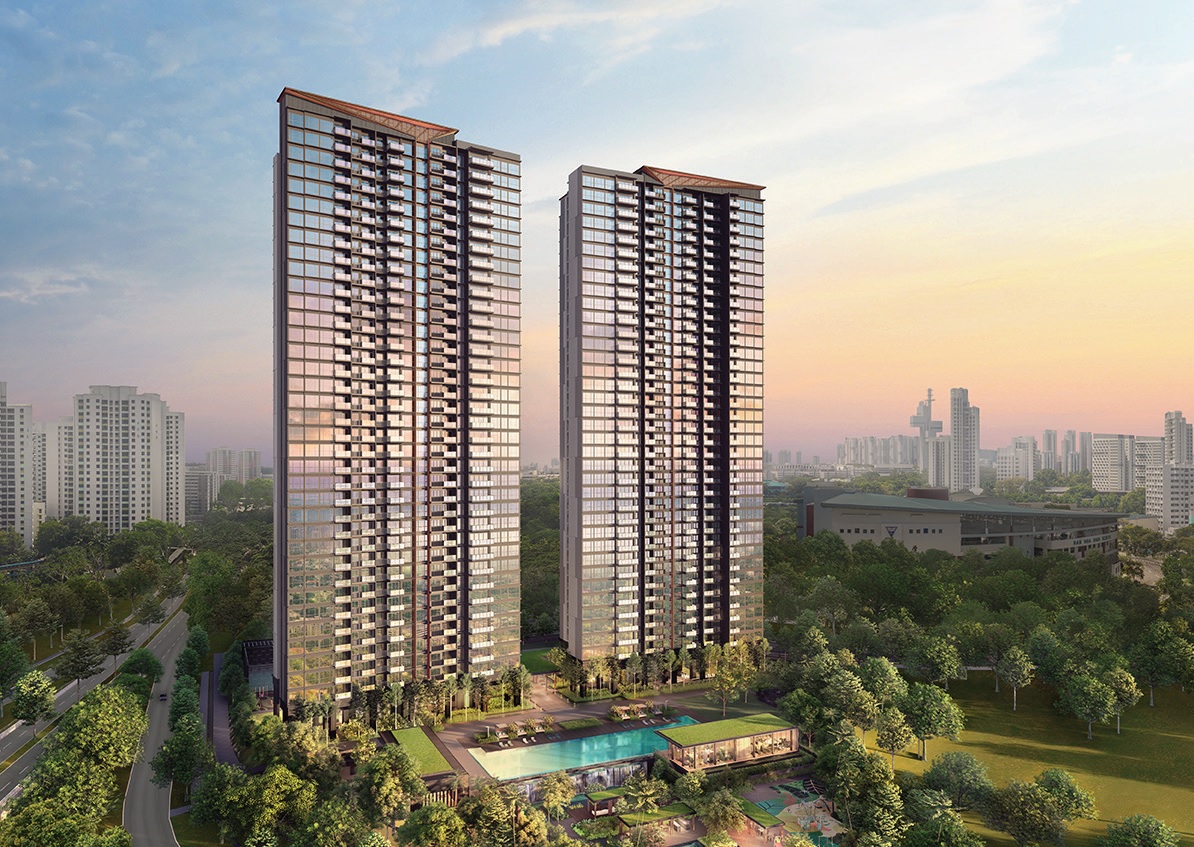
Property Advice We Own A 2-Bedder Condo In Clementi: Should We Decouple To Buy A Resale 3 Bedder Or Sell?

New Launch Condo Analysis This New Pasir Ris EC Starts From $1.438M For A 3-Bedder: Here’s What You Should Know

Property Investment Insights How This Singapore Property Investor Went From Just One Property to Investing in Warehouses and UK Student Housing
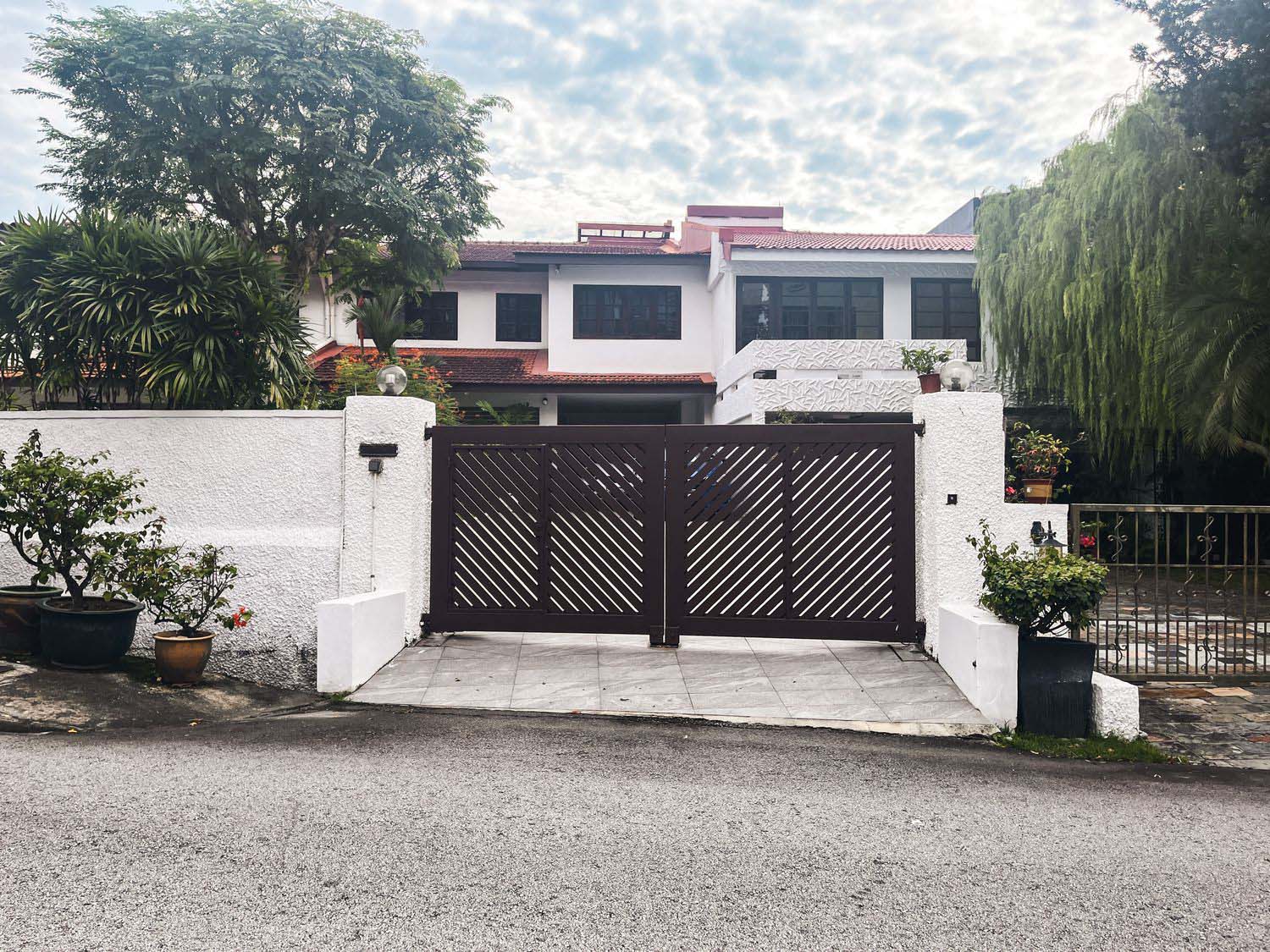
Landed Home Tours We Toured A Quiet Landed Area In Central Singapore Where Terraces Have Sold Below $8 Million
Latest Posts
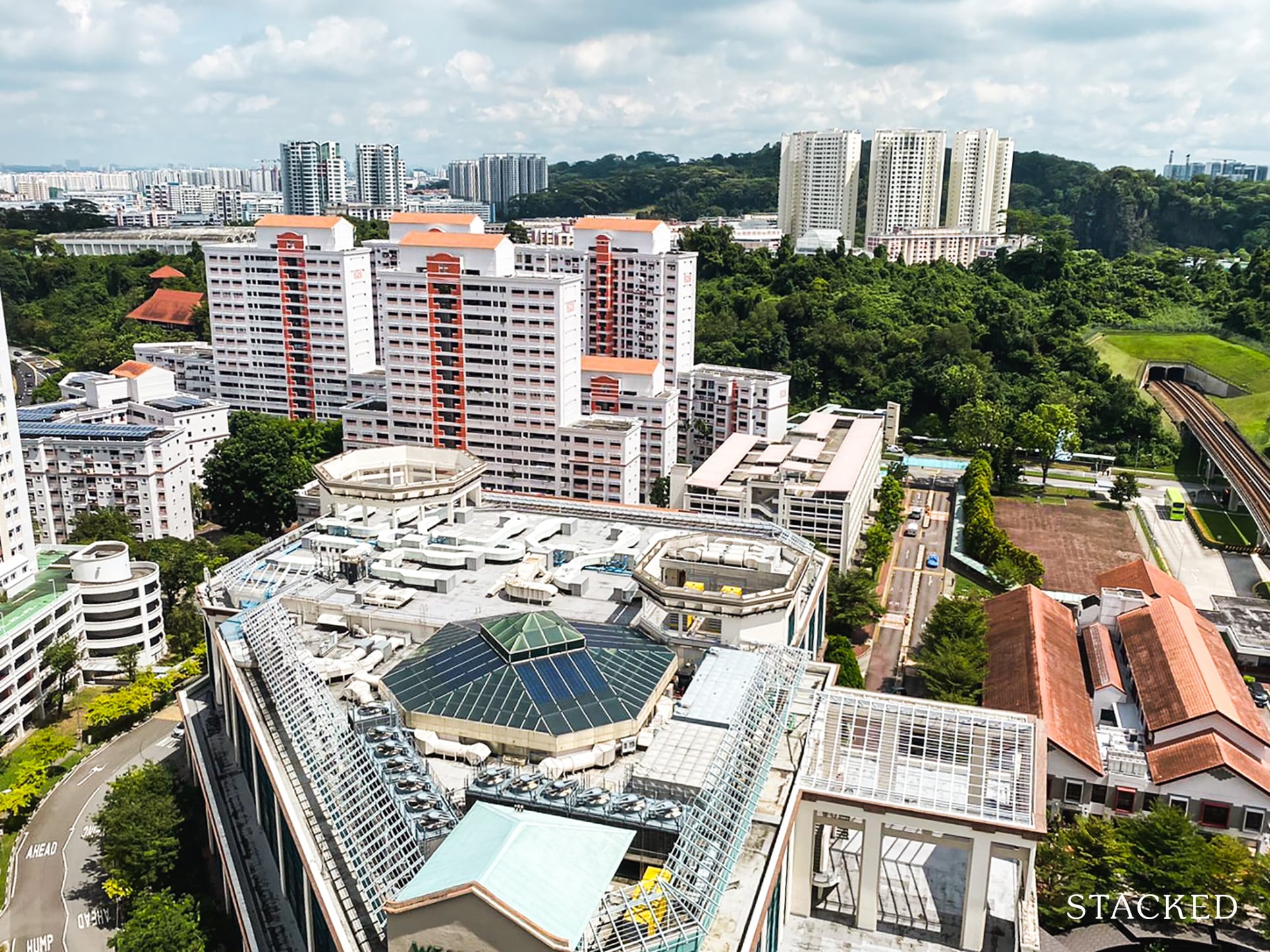
Property Market Commentary Which HDB Towns Sold the Most Flats This Year? The 2025 Rankings Reveal Some Surprises
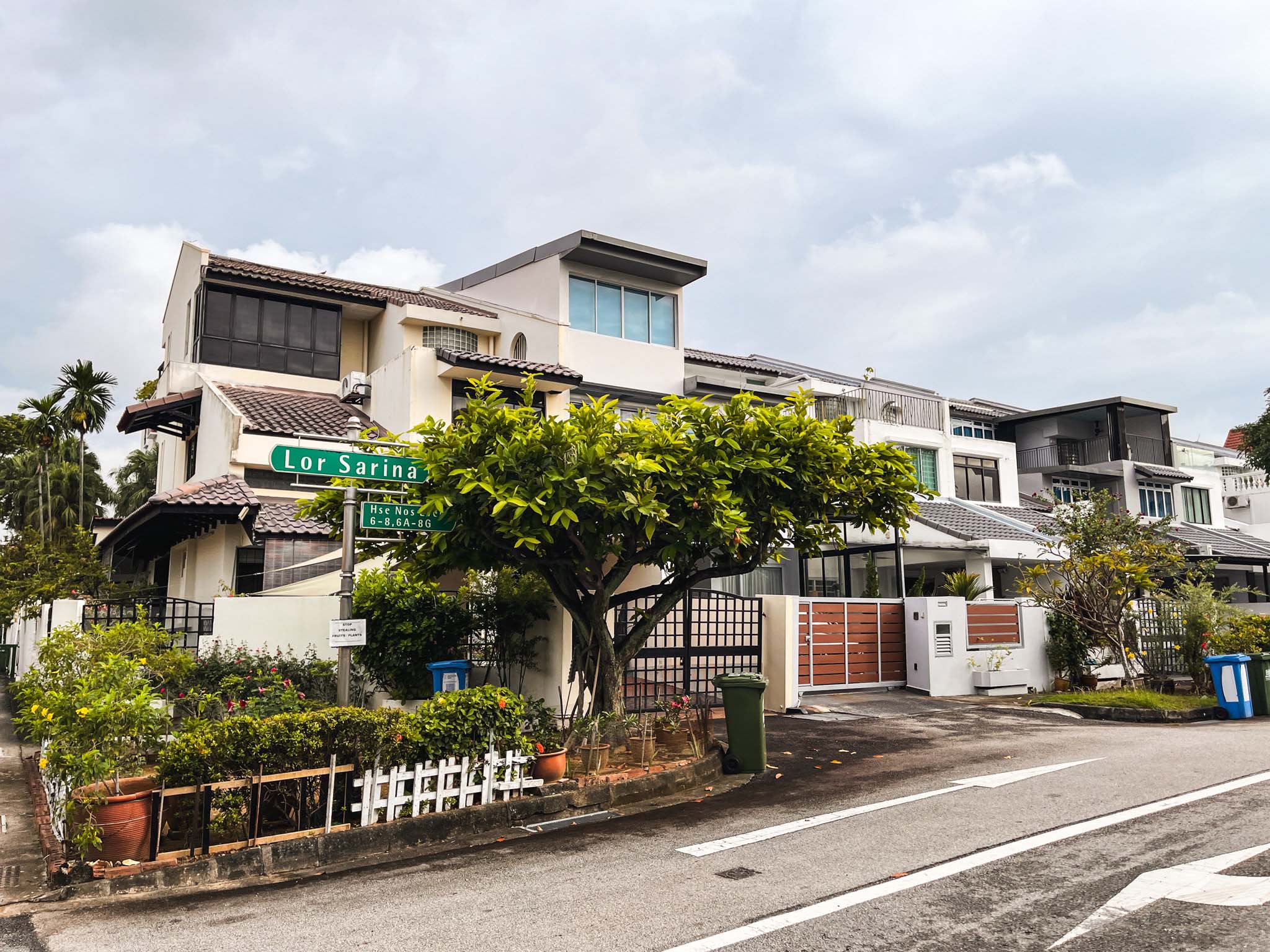
Landed Home Tours We Toured a Freehold Landed Area Buyers Overlook — It’s Cheaper (and Surprisingly Convenient) From $3.2M
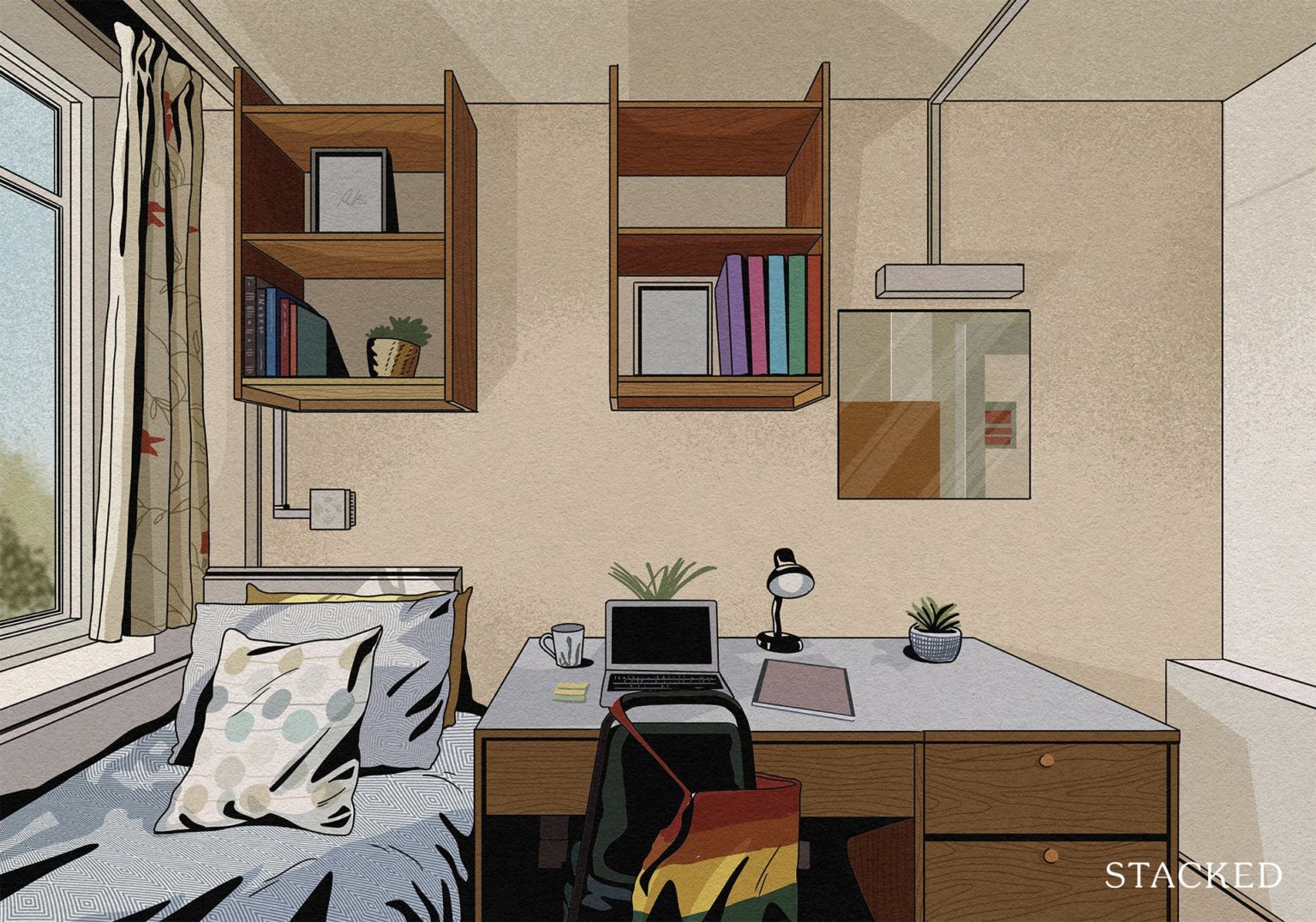
Singapore Property News The Hidden Costs of Smaller Homes in Singapore
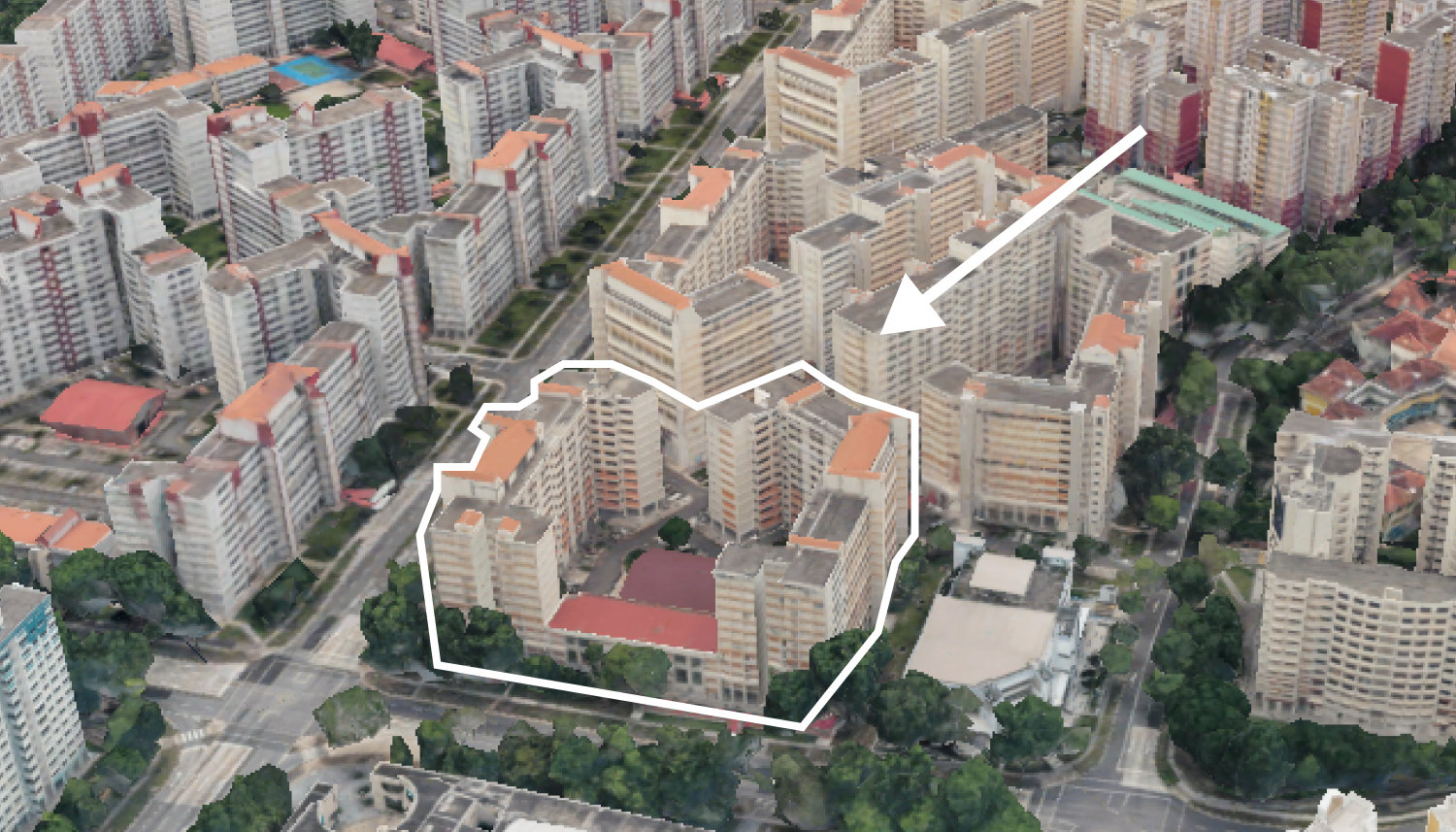
On The Market We Found the Cheapest Yet Biggest 4-Room HDBs You Can Buy From $480K
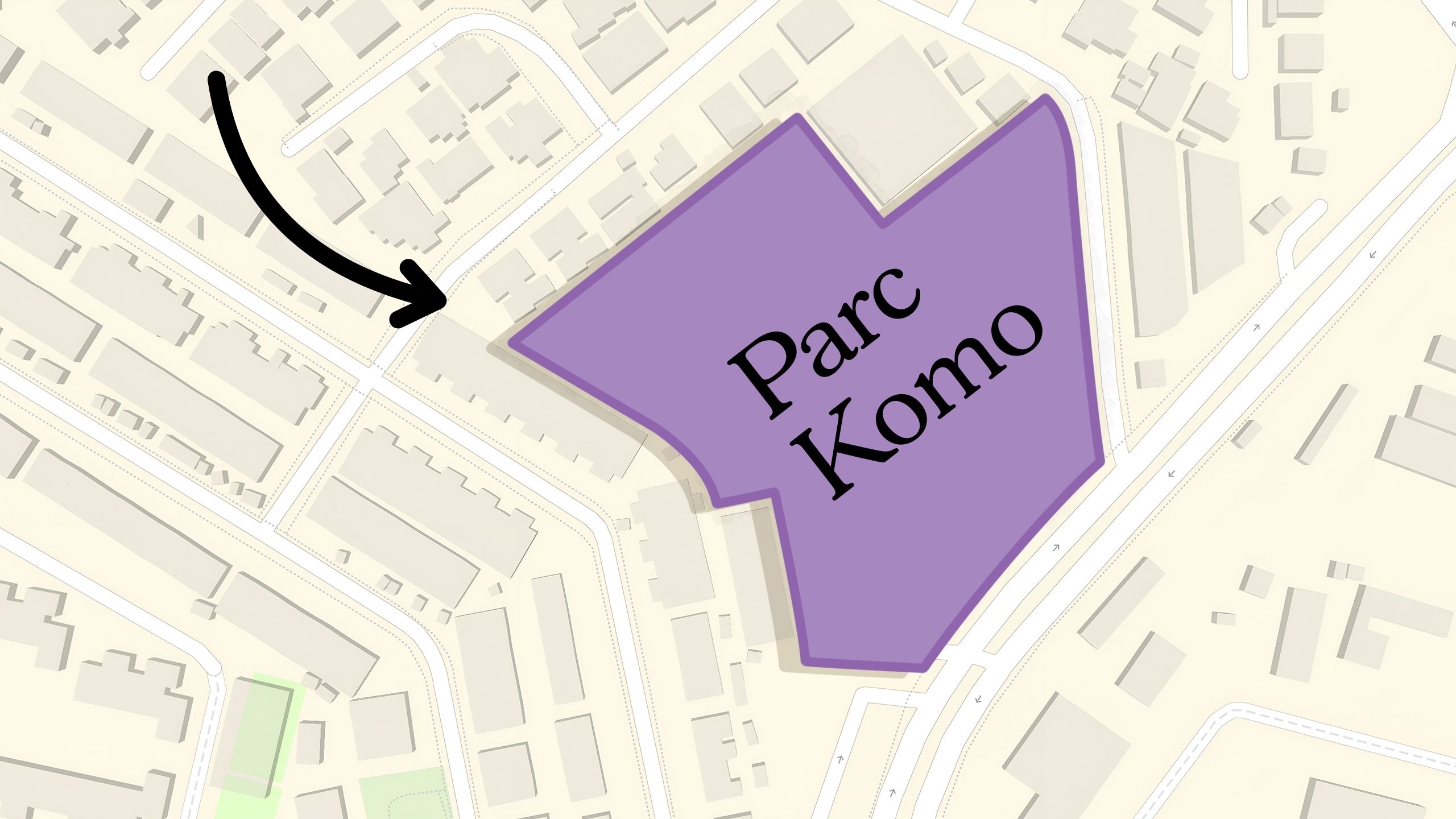
Pro Why This Freehold Mixed-Use Condo in the East Is Underperforming the Market
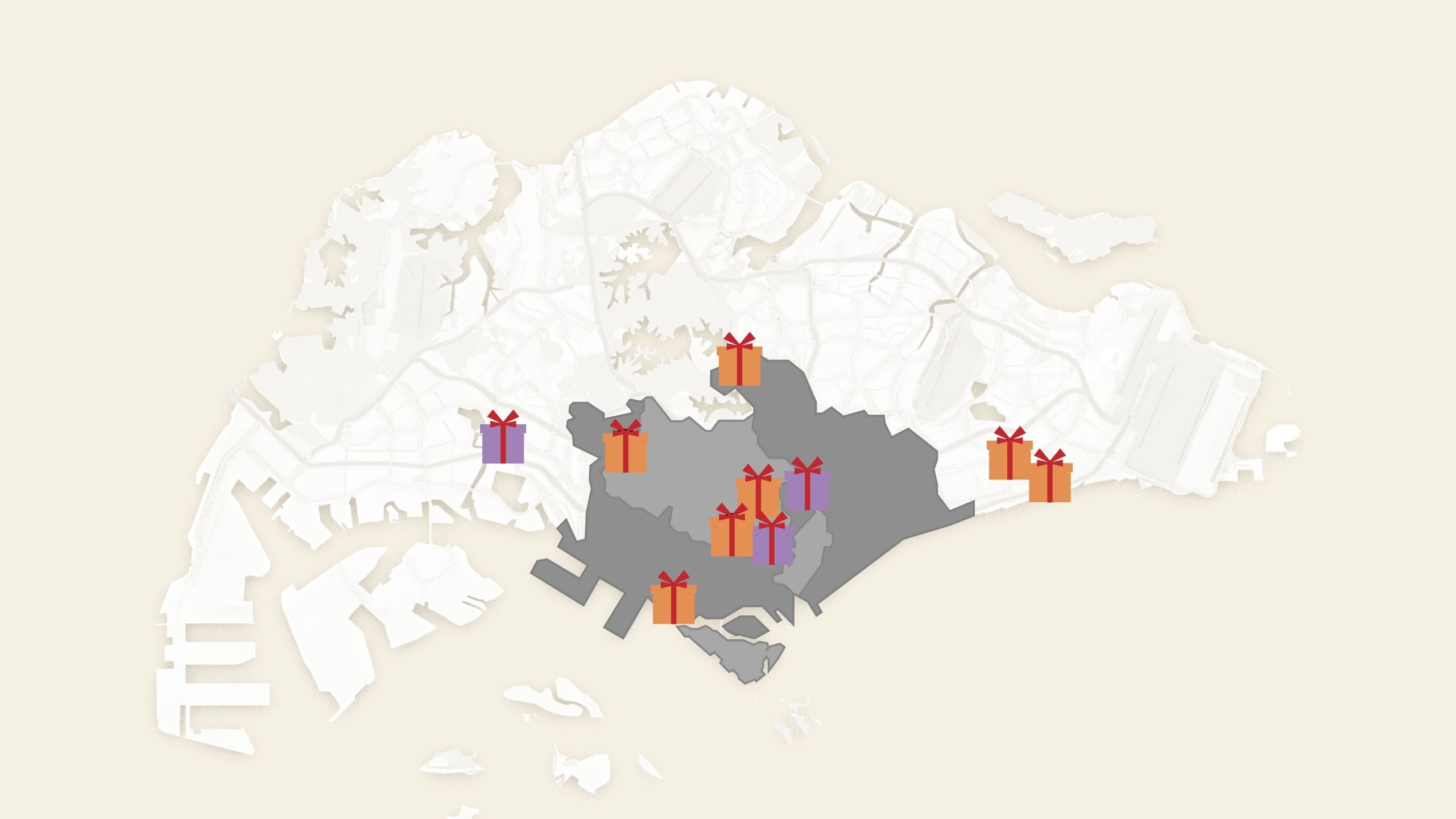
Singapore Property News 10 New Upcoming Housing Sites Set for 2026 That Homebuyers Should Keep an Eye On

Homeowner Stories I Gave My Parents My Condo and Moved Into Their HDB — Here’s Why It Made Sense.
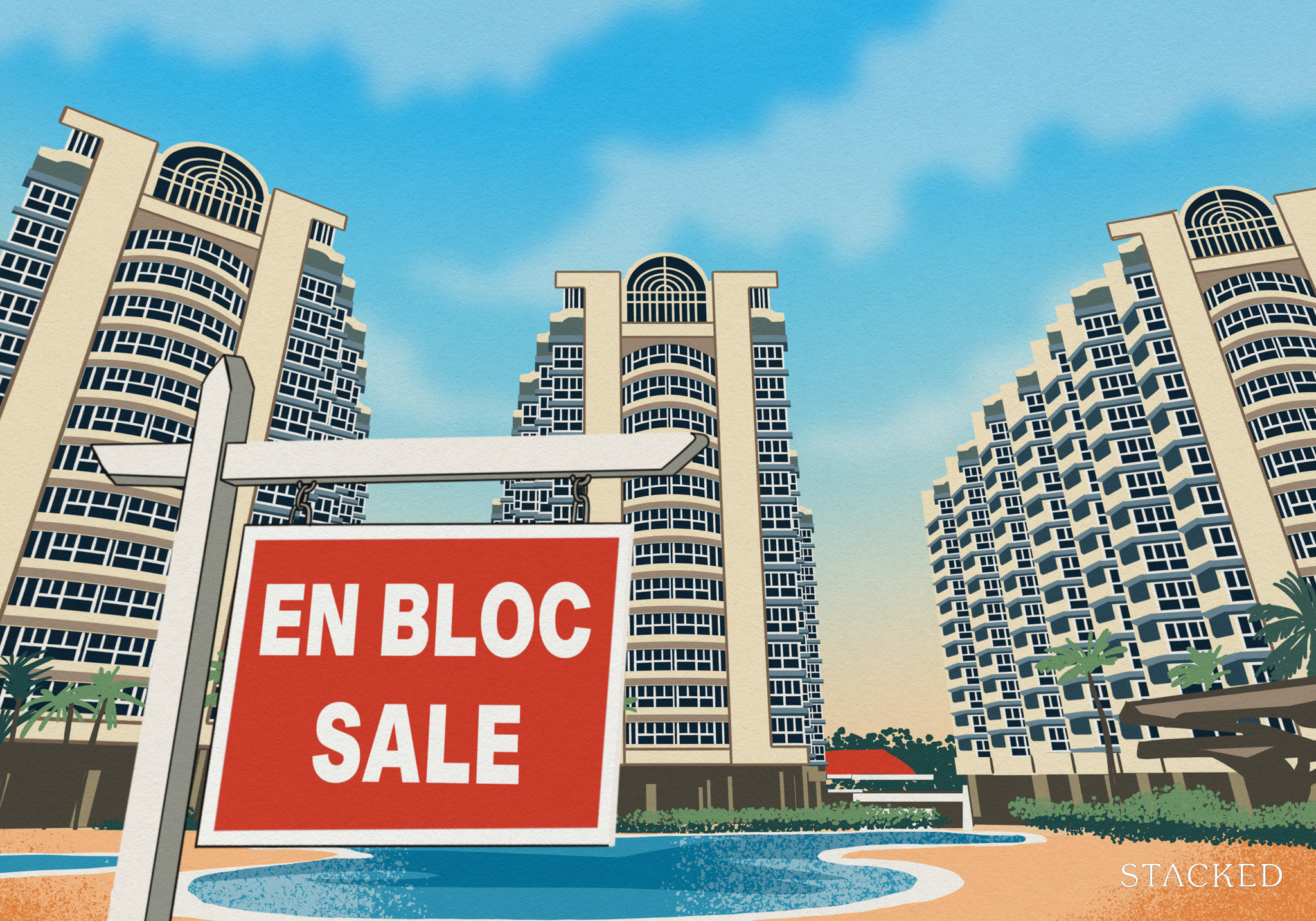
Singapore Property News Will Relaxing En-Bloc Rules Really Improve the Prospects of Older Condos in Singapore?
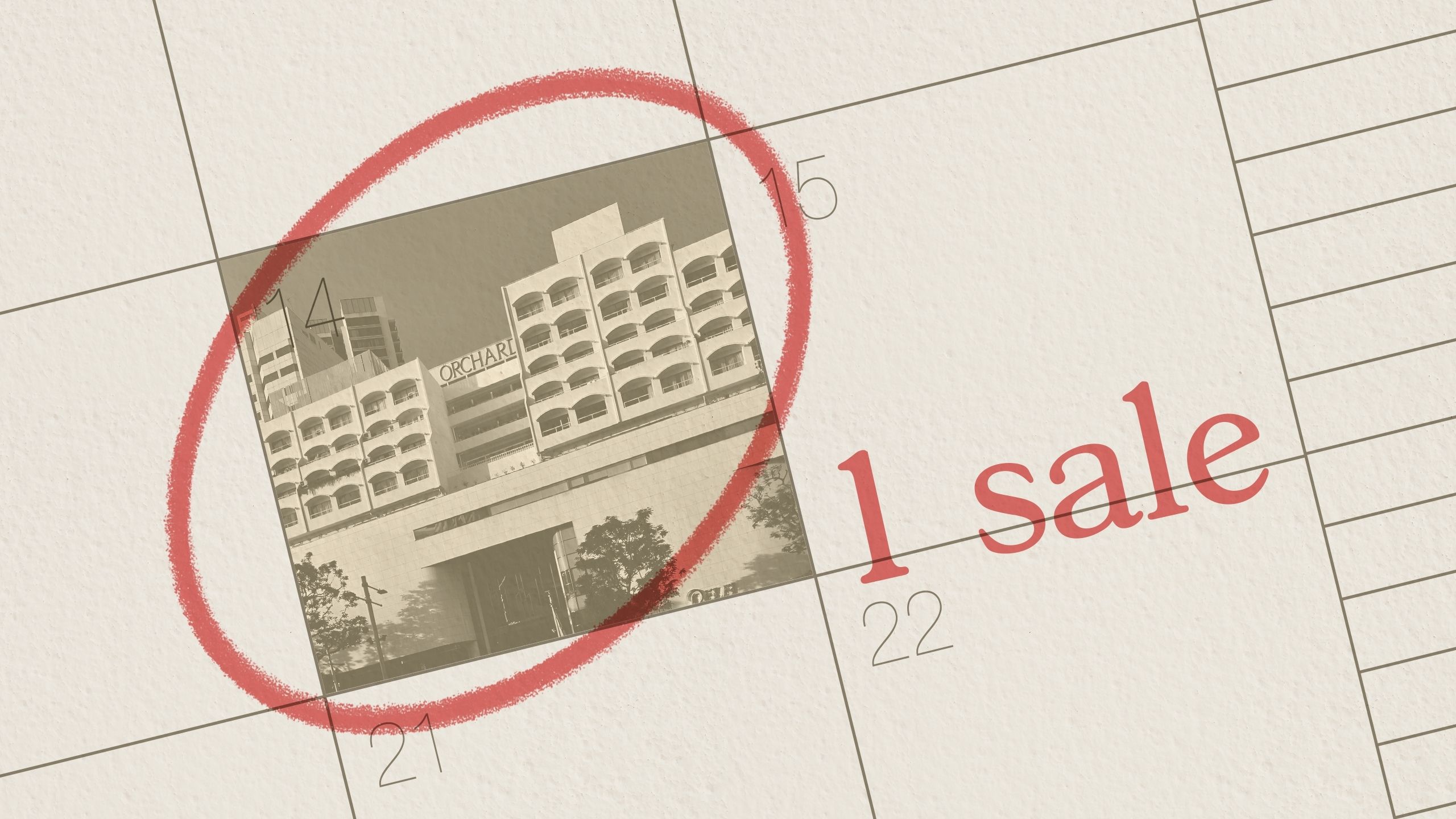
Property Market Commentary The Rare Condos With Almost Zero Sales for 10 Years In Singapore: What Does It Mean for Buyers?

Pro Why This Large-Unit Condo in the Jervois Enclave Isn’t Keeping Up With the Market
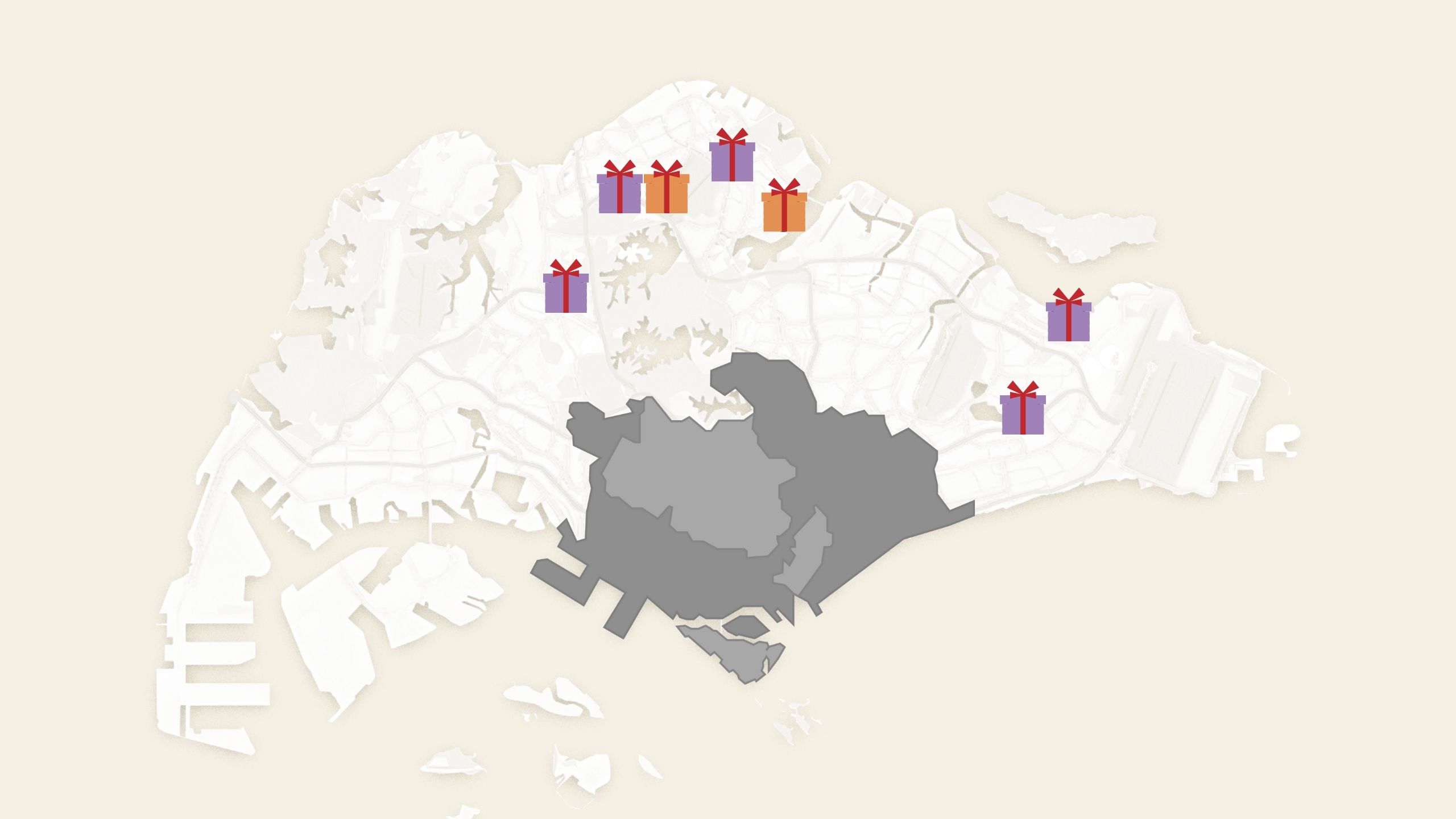
Property Market Commentary 5 Upcoming Executive Condo Sites in 2026: Which Holds the Most Promise for Buyers?
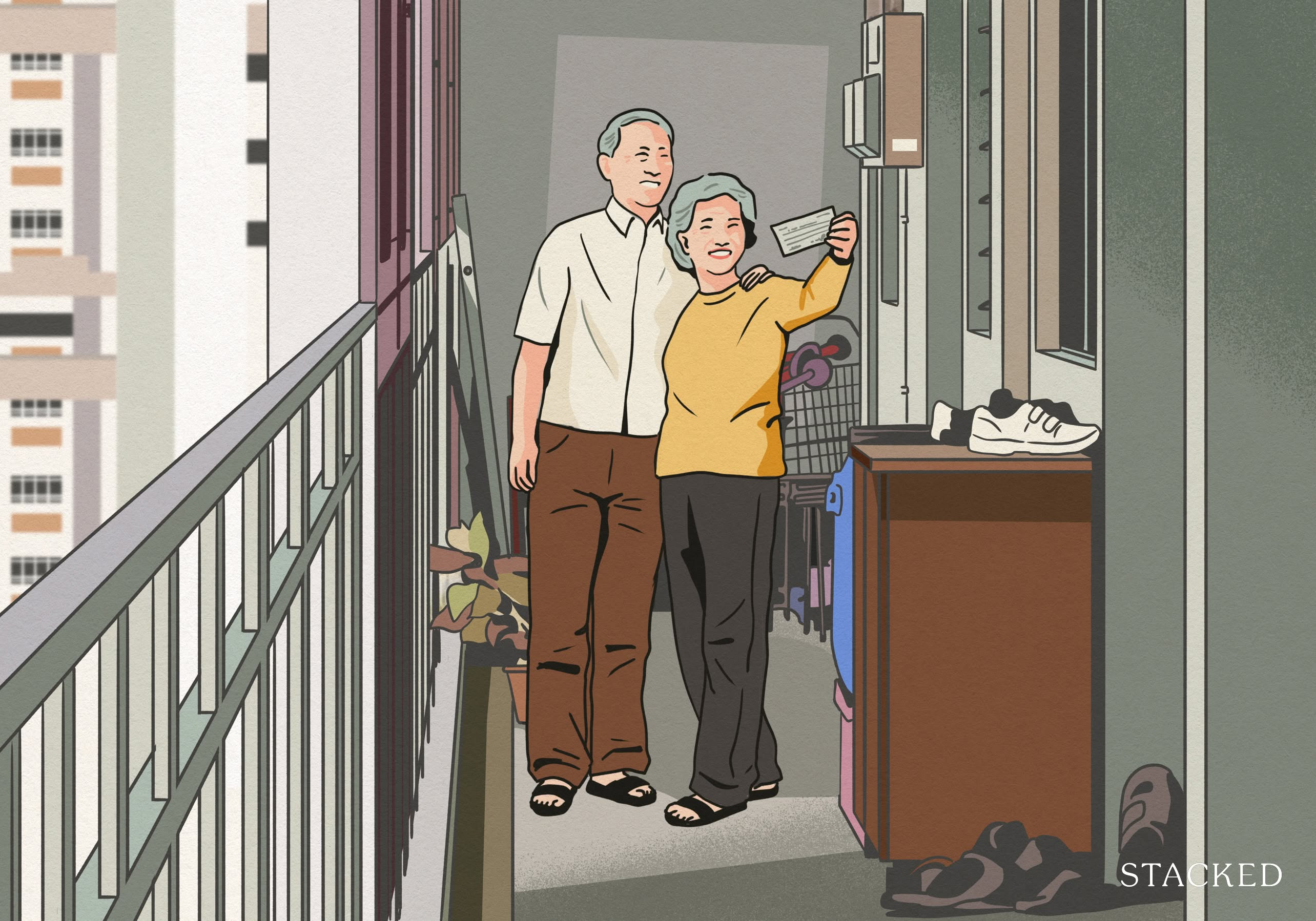
Singapore Property News A Housing Issue That Slips Under the Radar in a Super-Aged Singapore: Here’s What Needs Attention
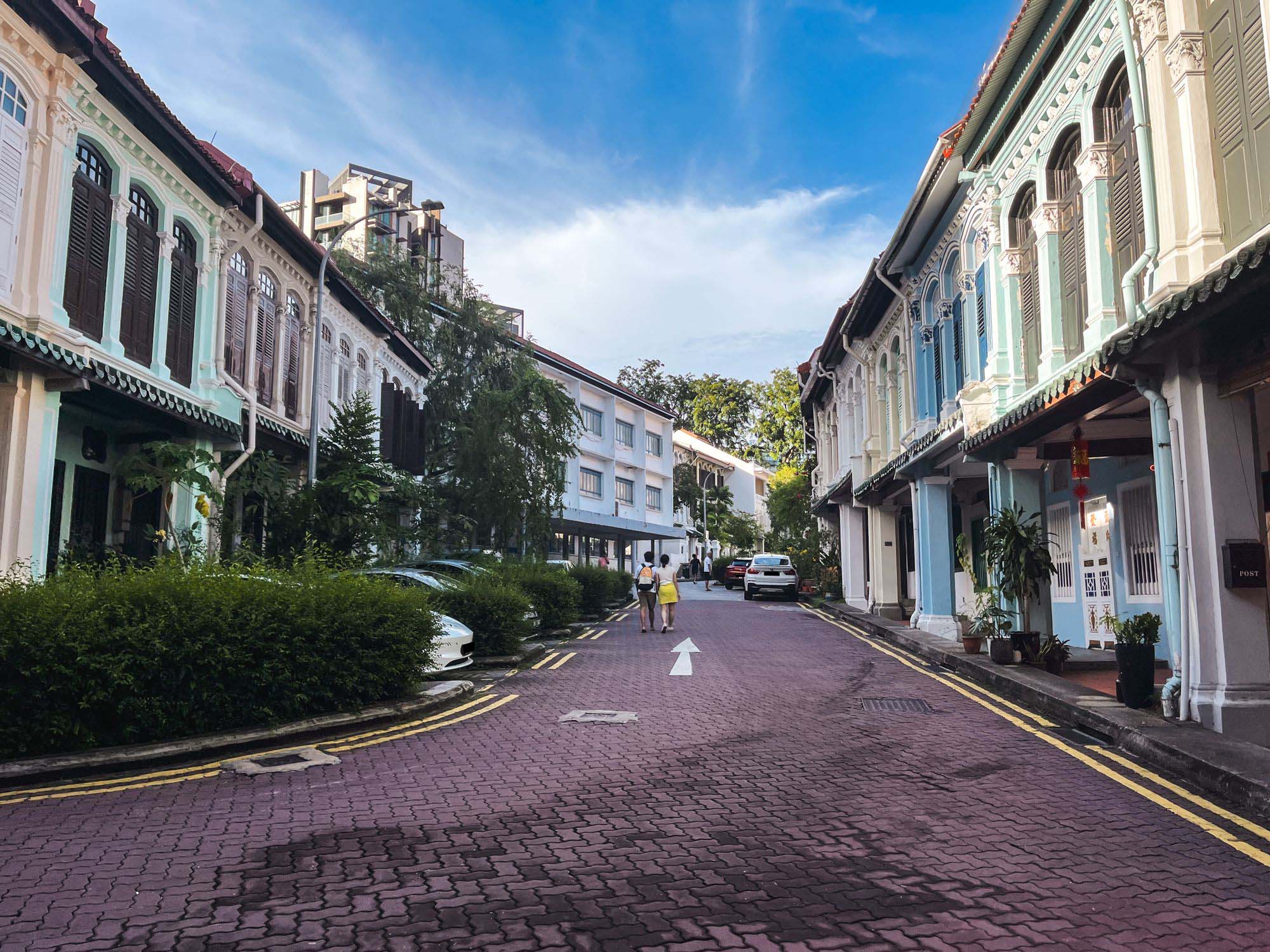
Landed Home Tours Inside One of Orchard’s Rarest Freehold Enclaves: Conserved Homes You Can Still Buy From $6.8M
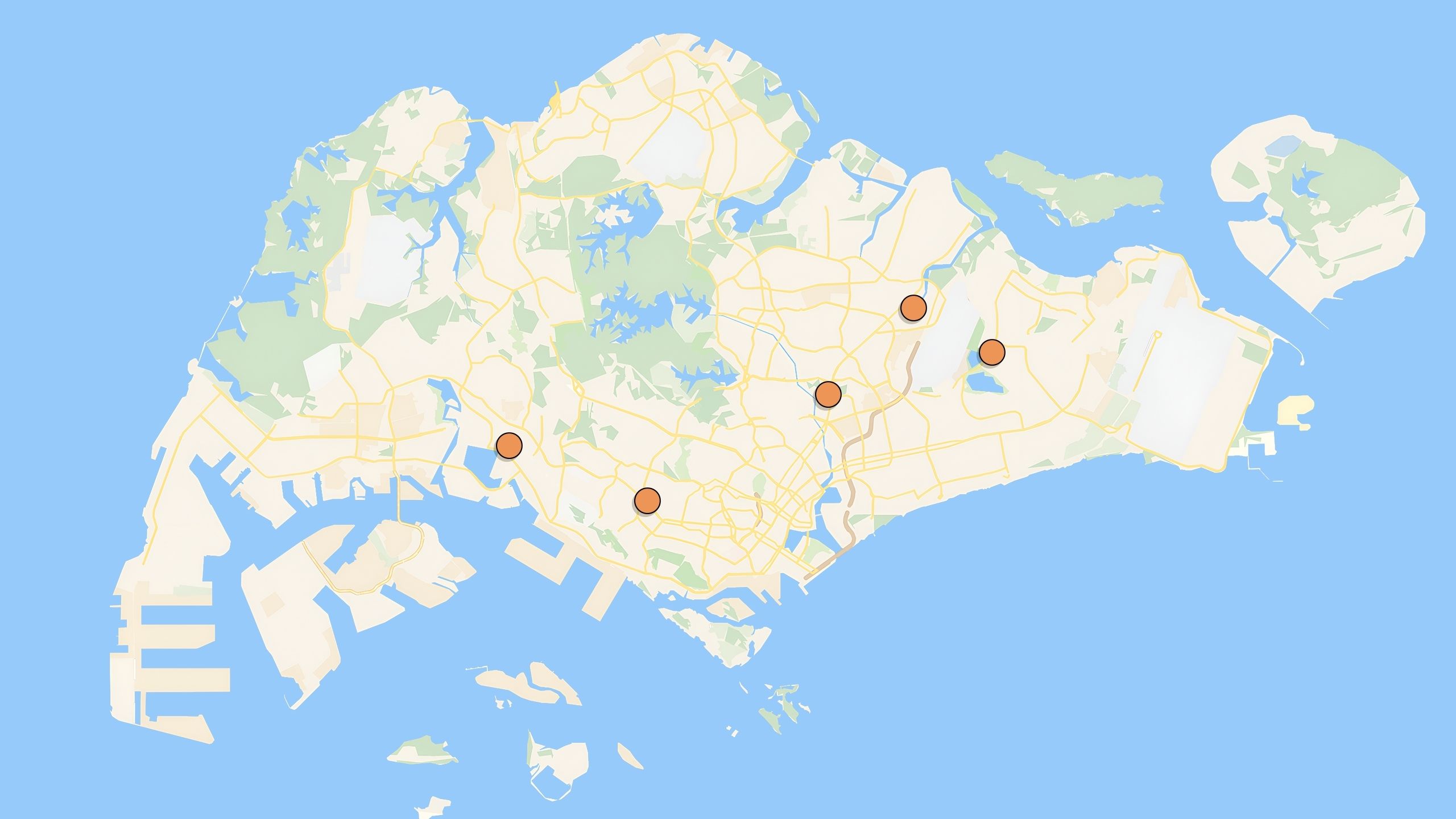
Property Investment Insights These 5 Condos In Singapore Sold Out Fast in 2018 — But Which Ones Really Rewarded Buyers?
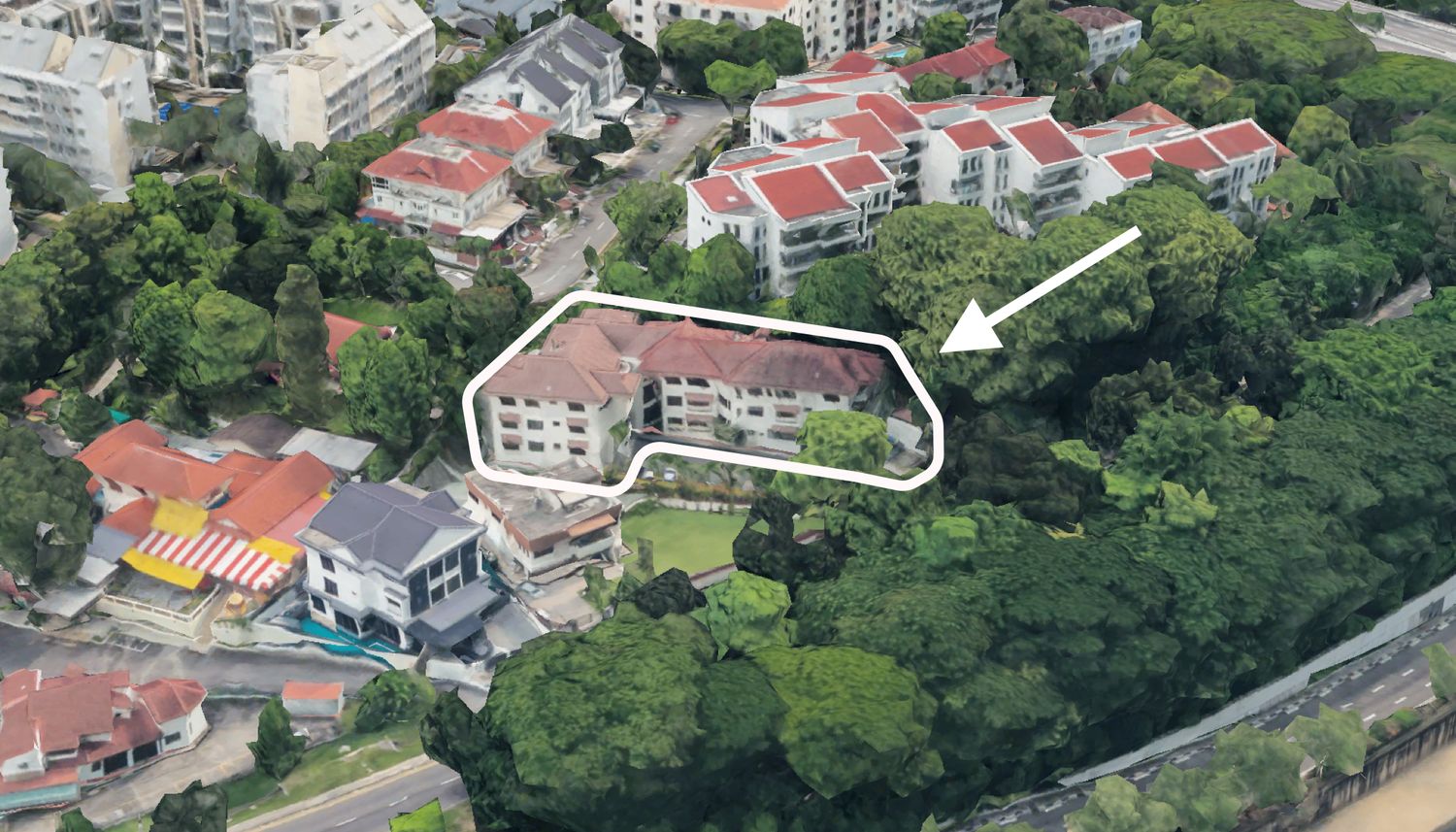
On The Market We Found The Cheapest 4-Bedroom Condos You Can Still Buy from $2.28M
